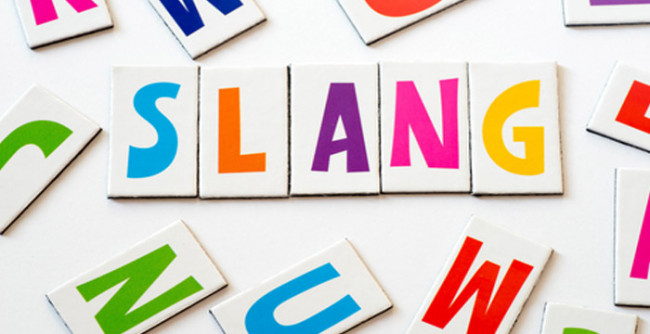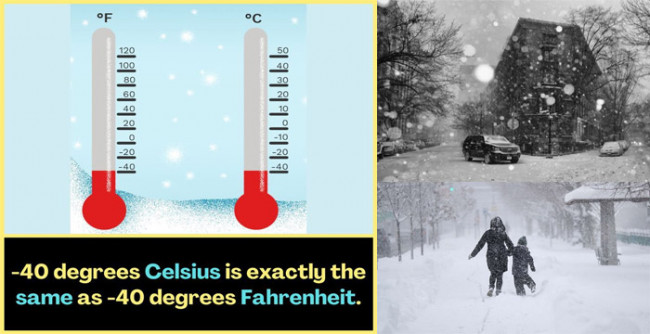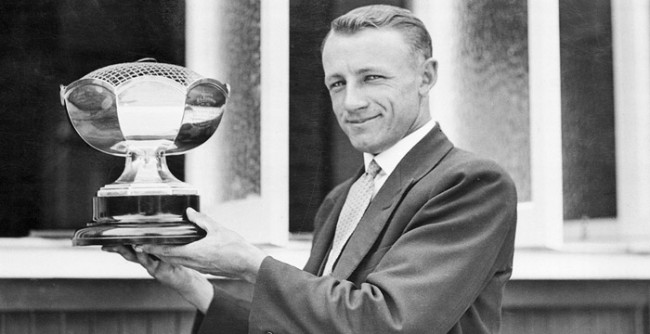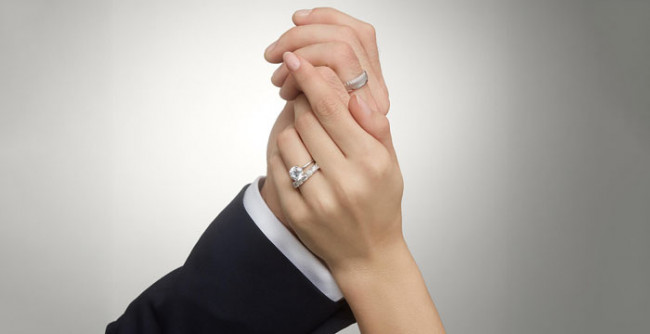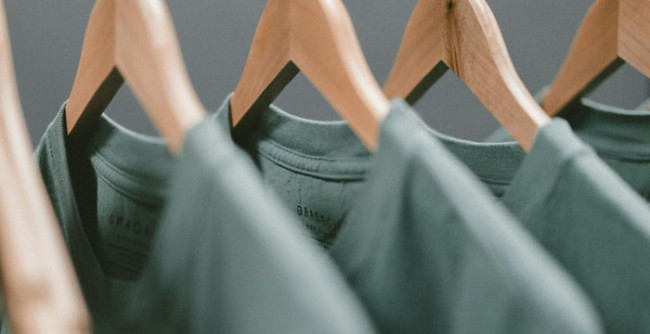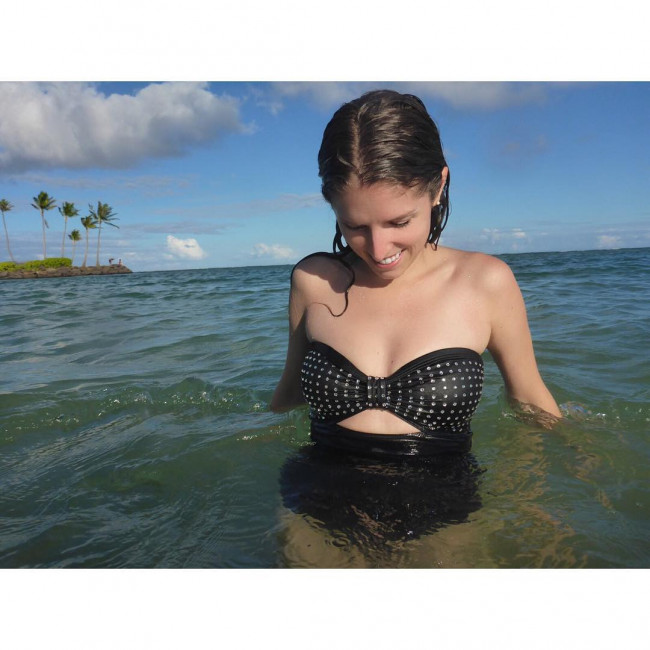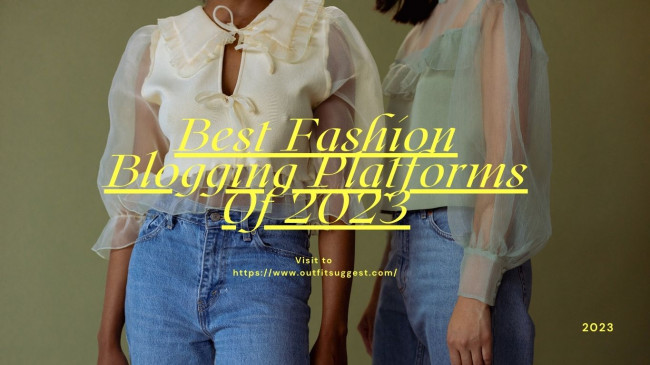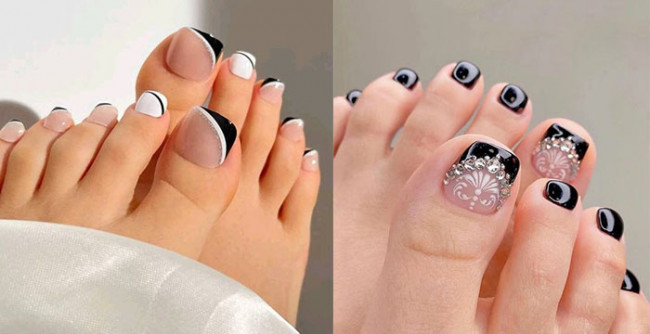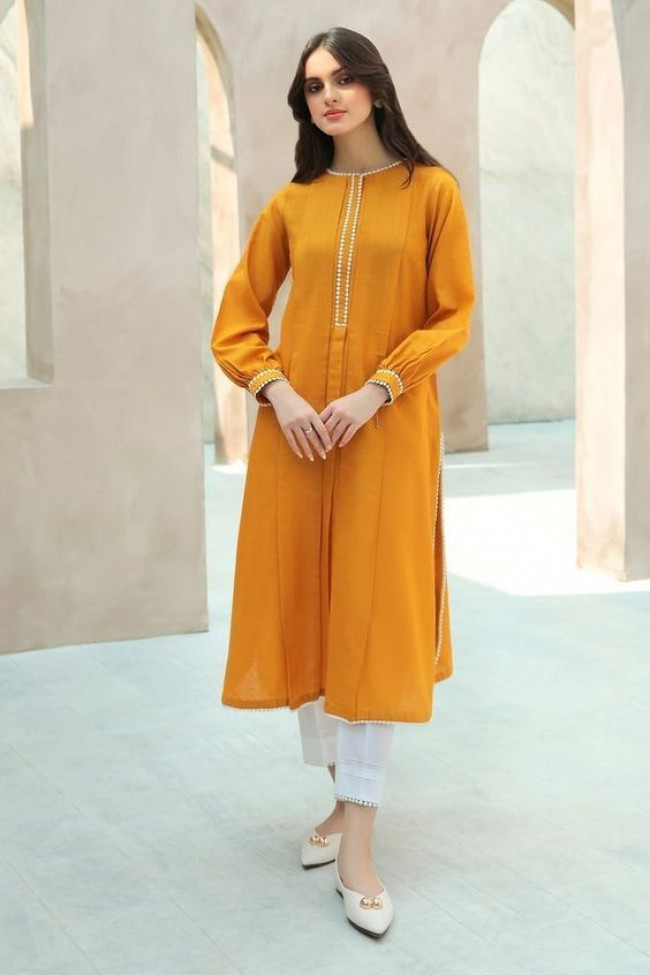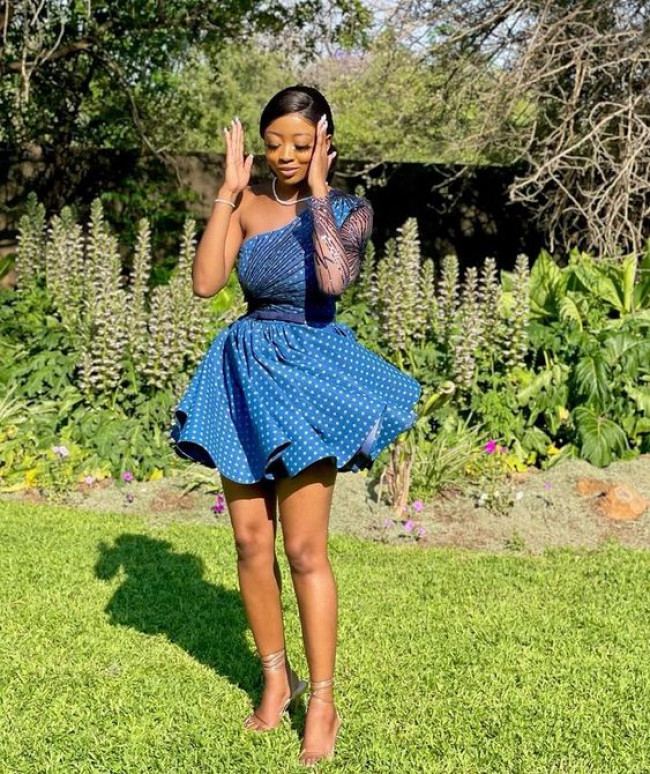In modern education, an unexpected player is stealing the spotlight: fashion. This article peels back the layers to explore the rich tapestry where fashion and education converge. It's a realm where self-expression meets self-discovery, where the clothes we don become silent teachers of culture, identity, and history.
As we discuss this unique blend of fashion and education, the need for resources to articulate these ideas becomes apparent. This is where diving into a free essay or exploring essay examples at PapersOwl can be very beneficial for you. Do you need to craft a piece on the cultural impact of fashion? You may need to dissect its role in modern education. In any case, having access to a variety of perspectives can enrich your understanding and elevate your writing. PapersOwl offers a treasure trove of insights, serving as both inspiration and a foundational resource for anyone looking to explore this stylish academic intersection.
Fashion as a Cultural Textbook
Fashion serves as an unspoken curriculum, teaching us about history, society, and culture. Every stitch carries a story, every color a context. Students donning traditional attire bring a piece of their heritage into classrooms, turning them into vibrant tapestries of diverse narratives. It's a silent dialogue about identity and belonging, where learning extends beyond textbooks.
Self-Expression and Confidence
Self-expression and confidence in the context of education go hand in hand, starting with something as seemingly simple as the choice of attire. This decision, the daily ritual of selecting what to wear, is a foundational act of expressing one's identity. For students, this is particularly empowering. Fashion, in this light, transforms into a powerful medium through which students can declare their individuality. It's about donning a garment that resonates with one's:
- Personal story
- Interests
- Cultural background.
So it’s making a statement without uttering a single word.
The impact of this self-expression on confidence cannot be overstated. When students step into the classroom feeling comfortable and aligned with their external presentation, it acts as a catalyst for inner assurance. This confidence is not confined to the boundaries of the classroom. You can notice that it permeates through every interaction, discussion, and presentation. It emboldens students to:
- Participate actively
- Contribute their unique perspectives
- Take on challenges with a heightened sense of self-belief.
Moreover, this empowered state of being encourages students to break free from the fear of judgment. Eventually, it fosters an environment where diverse expressions are celebrated rather than critiqued. It cultivates a culture of acceptance and respect, where every student's voice is valued.
So, the intersection of self-expression through fashion and the development of confidence in an educational setting creates a symbiotic relationship. It nurtures an atmosphere where learners are not just academically engaged. They are emotionally and personally invested. As a result, students are ready to embrace their authentic selves and, consequently, shine brighter.
The Sustainability Lesson
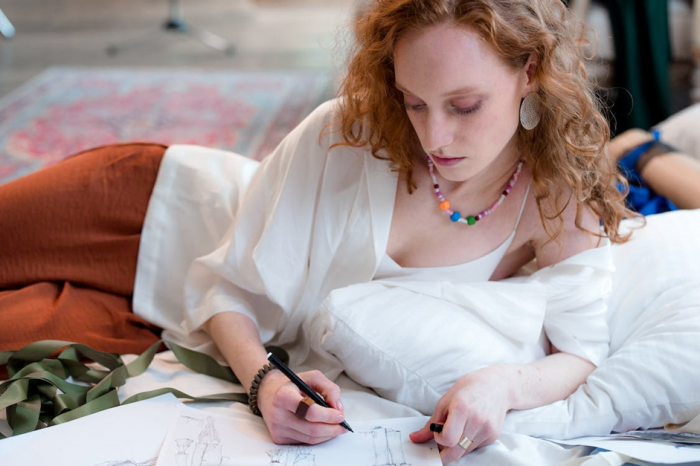
Today's fashion story isn't complete without talking about being green. Teachers are using fashion to show students how clothes affect our world, how they're made, and how we buy them. This lesson is about taking responsibility. It asks students to think about the whole journey of their clothes, from how they're made to where they end up.
Students are learning how the fashion industry can harm our planet. They see the difference between making clothes the right way and the wrong way. The lesson isn't just about showing what's wrong. It's about teaching students how to make better choices. They learn to pick long-lasting clothes, support eco-friendly brands, or even find cool second-hand clothes.
This talk about being green is changing students. It helps them see they have the power to make better choices. They learn that what they buy matters, not just for their style, but for the Earth and the people making their clothes. This isn't just a fashion lesson; it's about learning to live in a way that's better for everyone.
Breaking Down Barriers
Fashion in education can also be a force for inclusivity. Adaptive clothing for students with disabilities, for example, is not just about functionality. It's about participation that ensures every student can engage in the learning experience fully and comfortably. It's fashion making a statement: everyone belongs.
Final Thoughts
Exploring fashion and learning shows us how style can make education more engaging. Fashion isn't just about looking good; it helps students connect with big ideas like culture and eco-awareness. It's like what we see in scholarly articles on technology in education: using different tools, like fashion, can make learning richer.
Fashion also helps to empower students in the classroom. It lets them show who they are and builds their confidence. This way, fashion becomes more than clothes; it's a key part of learning. Mixing fashion with education opens up new ways for students to express themselves and dive into their studies.


